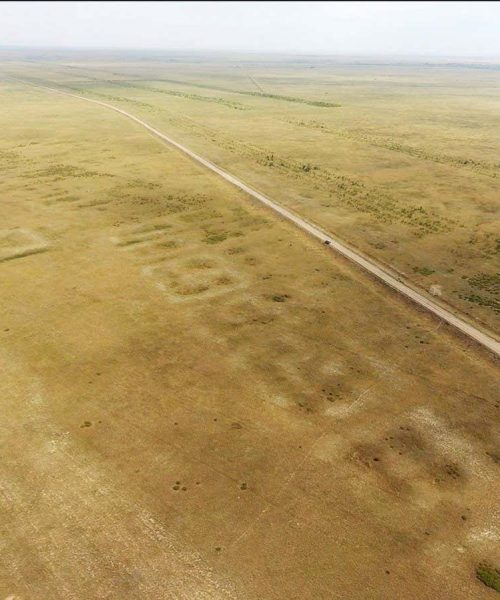
Bitter/iStock
There are few things more irritating in everyday life than getting something stuck between your teeth. Thankfully, we can reach for a toothpick – and it seems our ancient ancestors did the same. In fact, a fragment of a 1.2-million-year-old toothpick is perhaps the earliest direct evidence we have of hominins using plants as tools.
Our ancient ancestors probably made frequent use of implements made from plants. But finding evidence of this is extremely tough because botanical materials are so quick to rot away. This means the archaeological record of human tool use is deeply skewed towards the much hardier stone.
All this suggests that the origins of human technology could have been profoundly misunderstood.
Stone Age
The conventional view is it all started with the first stone tools and the dawn of the Stone Age over 3 million years ago. But what if, even before that, there was a botanical age, one based on woodworking and weaving of plant materials? For some researchers, it is absurd not to think that plants would be part of the story. “Perishable material culture is an essential element in our evolutionary past,” says Linda Hurcombe at the University of Exeter in the UK.
Now, we are finally getting a clearer view of this lost age. New techniques are making it possible to find traces of plant-based tools that would otherwise have been missed. And by studying the way modern primates use plants,…





